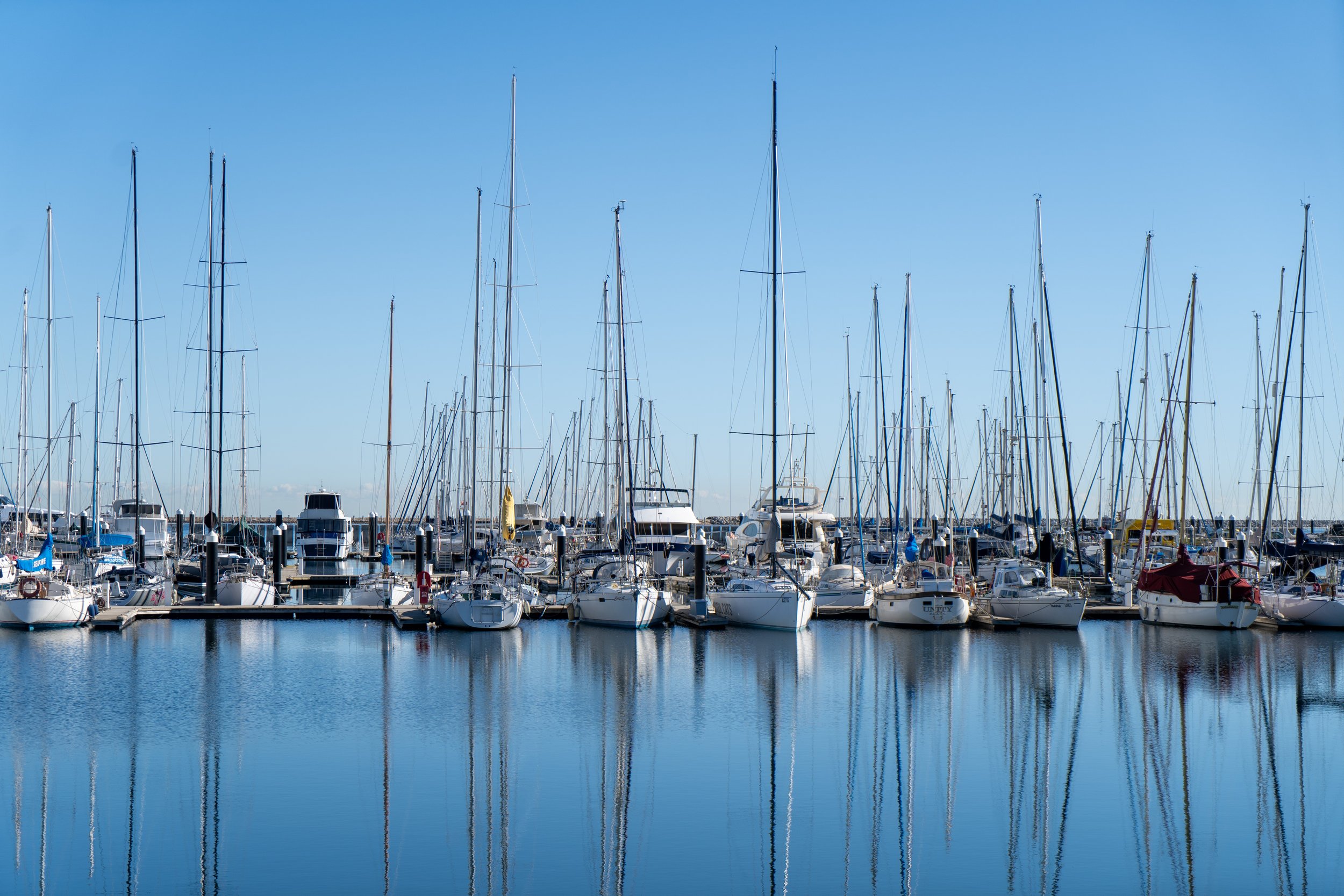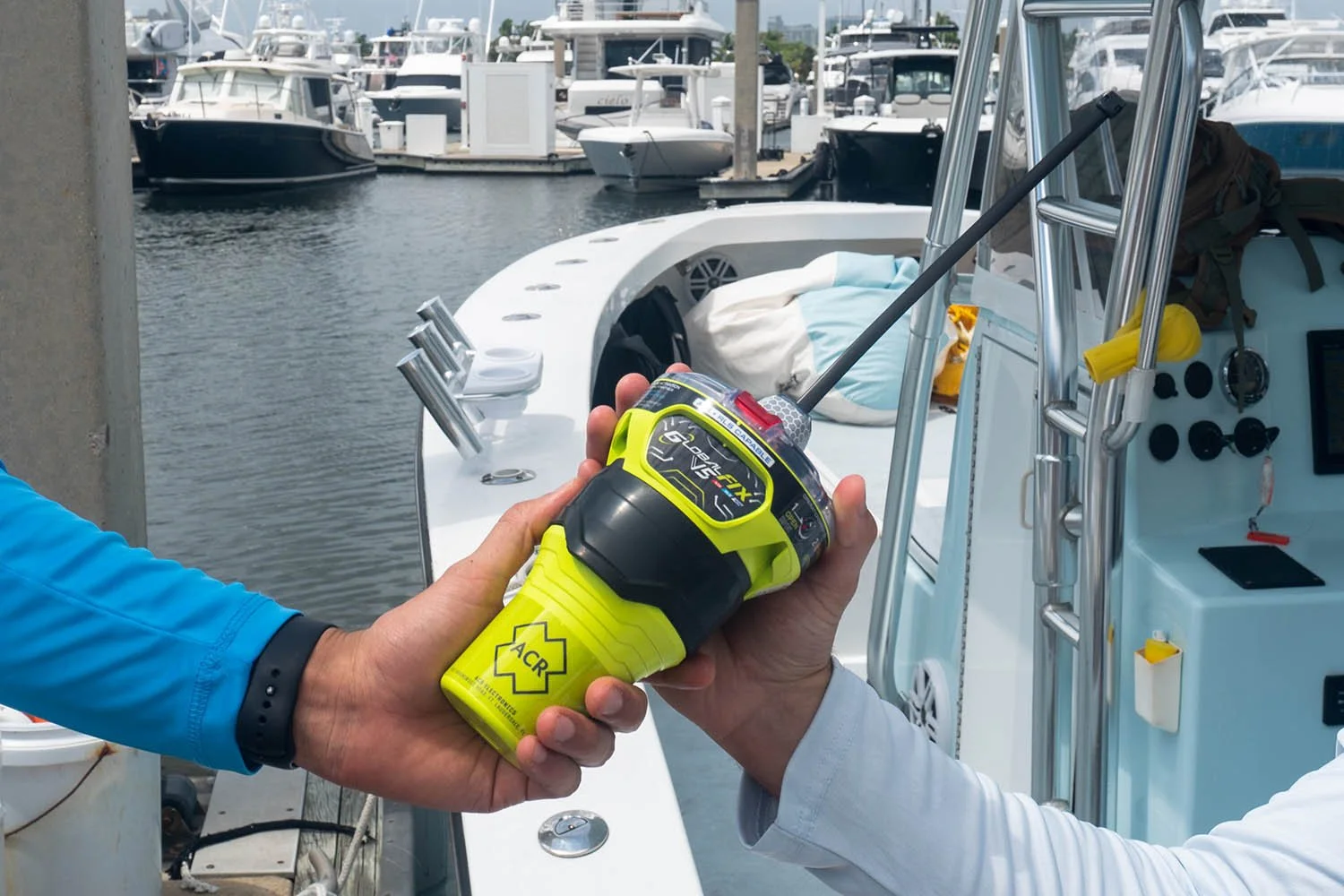
Safety
As we prepare for the sailing season, it's important to ensure our vessels are equipped with essential safety gear. While racing boats undergo an annual safety checklist, all boats, whether for casual cruising or day sailing, should conduct regular safety checks.
If you're considering participating in our trophy races, Wednesday twilight races or Friday Sternchasers, completing a Category 6 safety form will be necessary.
Full details regarding marine safety can be found in this handbook.
Boating incidents involving personal injury and damage occurring during activities of the Squadron are to be reported to the General Manager and referred to the respective committees. In the event of these occurrences please complete the attached incident report form and forward to the General Manager. Incident Report: Open Link Here
Maintaining Your PFD
Your personal flotation device (PFD), also known as a buoyancy vest or lifejacket, is crucial for boat safety.
If you participate in RSAYS racing events, including twilight races, regular checks or servicing of your PFD are mandatory. Skippers racing sign a safety declaration confirming this maintenance.
Even if you're not racing, the State Government advises that inflatable PFDs should be serviced regularly by a qualified provider.
For racing boats:
Inflatable PFDs must follow manufacturer-prescribed checks and servicing.
Non-inflatable PFDs should be checked annually for functionality.
Fortunately, for most popular PFD brands, you can perform these checks yourself, and the process is generally straightforward.
During our annual Sea Safety Day, it's common to discover inflatable PFDs that fail to function properly. Don't wait until an emergency to verify the condition of your PFD!
EPIRB Regulations
All boats involved in Category 3 racing must have GPS capable EPIRBs.
This Category applies to RSAYS Offshore races and the Adelaide to Port Lincoln Race
When you are required to carry an EPIRB?
In South Australia, vessels are required to carry an emergency beacon if they are:
Recreational vessels more than five nautical miles from shore in Gulf of St Vincent or Spencer Gulf; or
Three nautical miles from shore in other State waters, except Lakes Alexandrina or Albert
When to use an EPIRB
An EPIRB should only be activated in situations where human life is in grave and imminent danger, and only after all other means of indicating distress, such as flares and radio, have been attempted.


